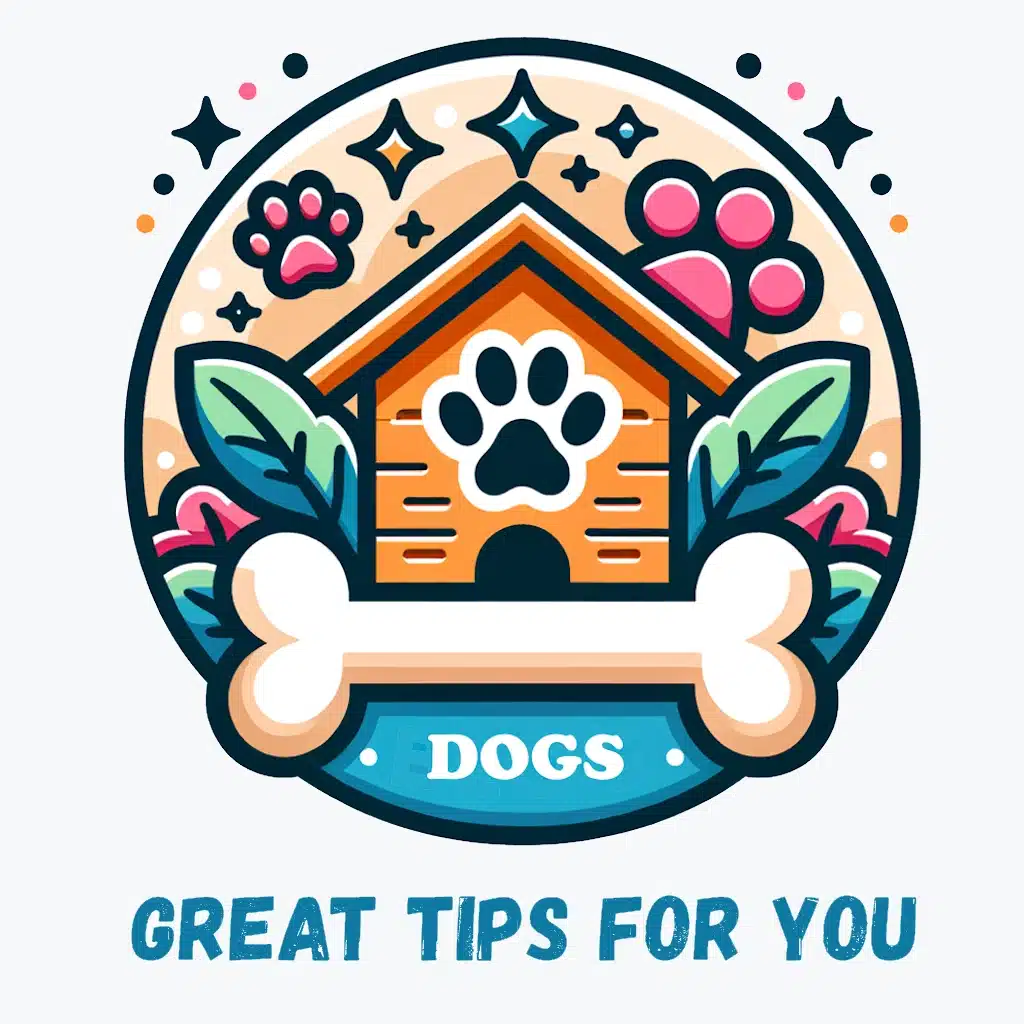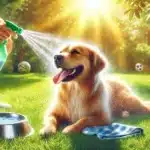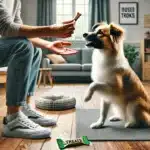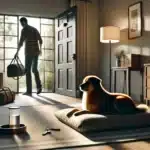Chewed shoes, shredded couch cushions, and gnawed-on furniture — if your dog seems to destroy everything in sight with their teeth, you’re not alone. While chewing is a normal and even healthy behavior for dogs, excessive or destructive chewing is a sign that something is out of balance.
In this article, we’ll explore the reasons why dogs chew, how to tell normal behavior from a problem, and most importantly — how to stop the destruction (without punishing your pup).
Is Chewing Normal for Dogs?
Yes! Chewing is a natural behavior. Dogs chew to:
- Explore the world (especially puppies)
- Relieve teething pain
- Exercise their jaws
- Reduce stress or boredom
- Satisfy instincts
- Enjoy textures and flavors
The key is teaching your dog what’s okay to chew — and what’s not.
Common Reasons Dogs Chew Everything
🐶 1. Puppy Teething
Between 3 and 6 months old, puppies lose baby teeth and grow adult ones. This causes gum discomfort, and chewing helps relieve the pressure.
Signs:
- Biting everything in sight
- Bloody toys (from loose teeth)
- Excessive drooling
- Chewing fingers or hands gently
Solution: Offer safe, soft chew toys made for teething puppies. Freeze them for added relief.
🧠 2. Boredom and Lack of Mental Stimulation
Dogs with nothing to do often turn to chewing as an outlet.
Common in:
- High-energy breeds (e.g. Border Collies, Labs)
- Dogs left alone for long periods
- Under-exercised pets
Solution: Increase physical and mental activity. Try interactive toys, daily walks, scent games, or training sessions.
💔 3. Separation Anxiety
Some dogs chew destructively when they’re left alone due to stress and panic.
Signs:
- Chewing door frames or windows
- Destruction focused near exits
- Whining or pacing before departure
- Accidents indoors
Solution: Address the anxiety, not just the behavior. Use crate training, gradual alone-time practice, or consult a trainer.
😋 4. Hunger or Diet Deficiency
Some dogs chew food-related items (like plastic wrappers or food containers) if they’re on a low-calorie diet or aren’t feeling full.
Solution: Talk to your vet about adjusting food portions, switching to a high-fiber diet, or using slow feeders to increase satisfaction.
😵💫 5. Exploration and Curiosity
Especially common in puppies and young dogs. They explore the world with their mouth the way humans use hands.
Solution: Puppy-proof your home and redirect to safe, interesting toys.
🐾 6. Lack of Proper Chew Toys
If your dog doesn’t have something appropriate to chew on, they’ll find something — and it probably won’t be what you want.
Solution: Offer a variety of chew textures: rubber toys, dental chews, ropes, bully sticks, and frozen treats.
Rotate them to keep interest high.
How to Stop Destructive Chewing
✅ Step 1: Supervise and Redirect
When you catch your dog chewing something inappropriate:
- Interrupt with a calm “Uh-uh”
- Remove the object
- Offer a proper chew toy
- Praise when they chew the right thing
Consistency teaches them what’s acceptable.
✅ Step 2: Puppy-Proof Your Environment
Remove temptations when you’re not around to supervise.
- Use baby gates or exercise pens
- Store shoes, books, and wires out of reach
- Keep trash bins and laundry behind closed doors
Out of sight = out of mouth.
✅ Step 3: Use Crates or Safe Zones When Unsupervised
A crate or designated play area keeps your dog safe and prevents destructive habits.
Make it a positive space with toys, bedding, and water — never use it as punishment.
✅ Step 4: Exercise, Exercise, Exercise
Most dogs chew more when they’re under-stimulated.
Aim for:
- At least 30–60 minutes of activity per day
- A mix of walking, playtime, and mental enrichment
- Puzzle feeders or food-dispensing toys when home alone
A tired dog is less likely to chew.
✅ Step 5: Teach the “Leave It” and “Drop It” Commands
These cues help you stop chewing before it starts — and retrieve items safely.
- “Leave it” = Don’t touch it
- “Drop it” = Let go of what’s already in their mouth
Train these commands using positive reinforcement and lots of practice.
✅ Step 6: Use Taste Deterrents (With Supervision)
Apply dog-safe bitter sprays or no-chew coatings to furniture or cords.
Make sure your dog is supervised the first few times — you want to catch and redirect immediately after the bad taste.
What to Avoid
- Never punish after the fact: Dogs live in the moment. Yelling at them for something they did 10 minutes ago won’t help — and may cause fear.
- Don’t offer old shoes or socks as toys: Dogs can’t tell the difference between your old slipper and your brand-new pair.
- Avoid harsh corrections: They damage trust and don’t solve the underlying cause.
When to Call a Professional
If your dog:
- Chews compulsively or obsessively
- Swallows non-food objects (pica)
- Destroys crates or escapes pens
- Has severe anxiety or destructive behavior when alone
…it’s time to consult a veterinary behaviorist or certified trainer.
They can create a behavior plan tailored to your dog’s needs — including medical evaluation if needed.
Final Thoughts: Channel the Chew
Chewing is normal — even essential — for dogs. But with the right structure, toys, supervision, and outlets for their energy, you can turn chaos into calm.
Don’t fight the behavior. Redirect it. Teach your dog what to chew — and reward them for getting it right.
Because a satisfied chewer is a happy dog (and a much happier human too).







